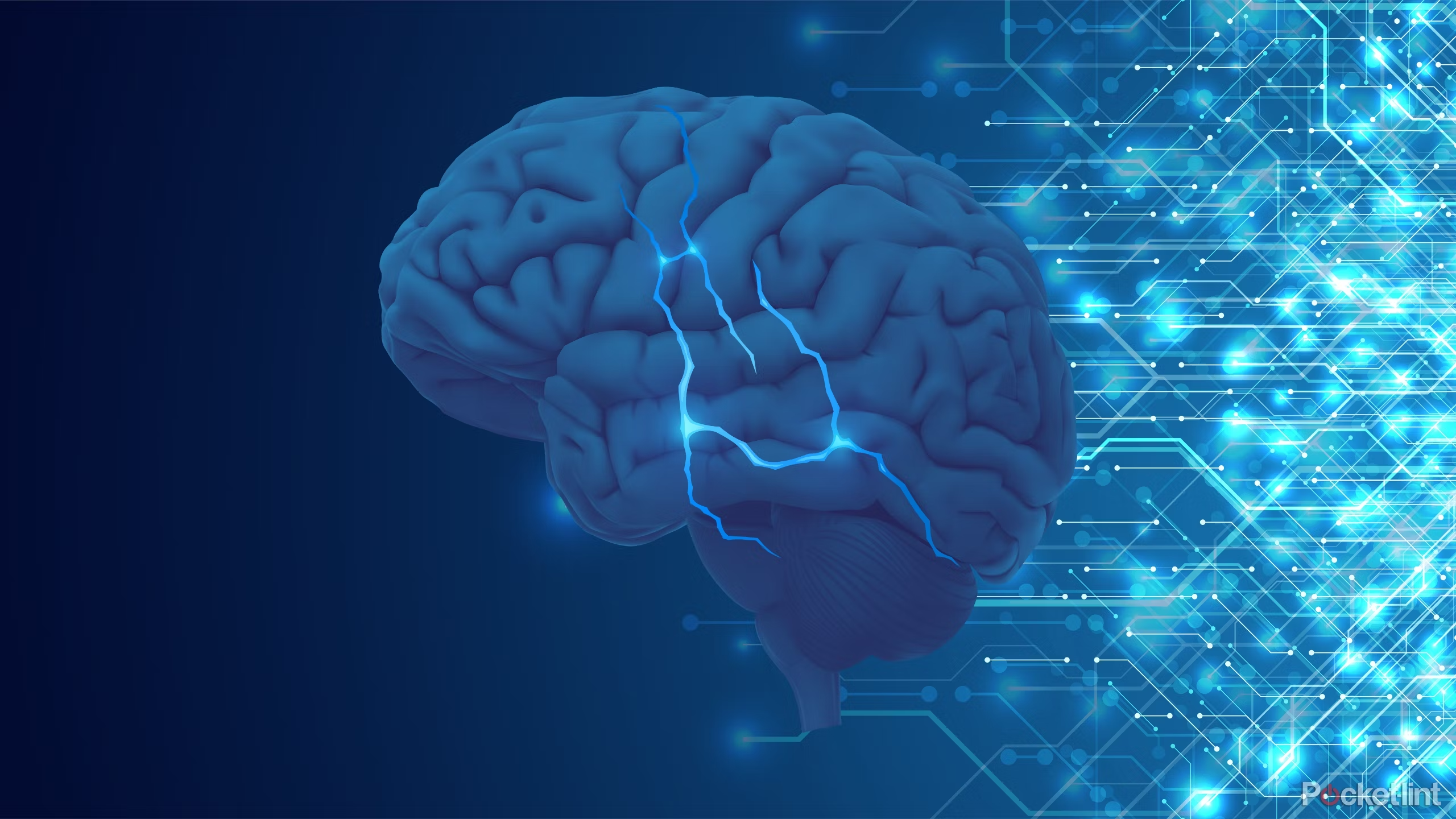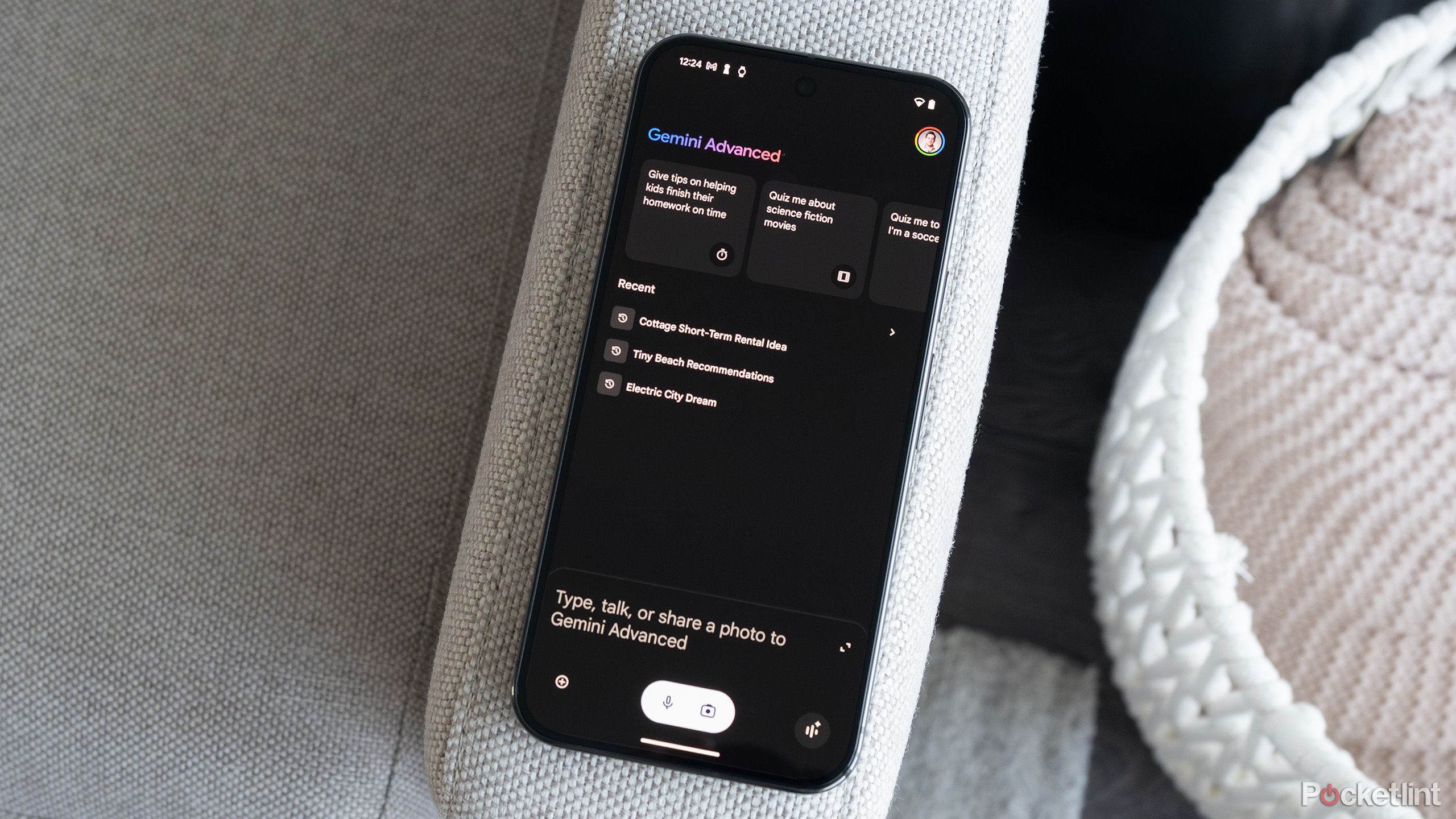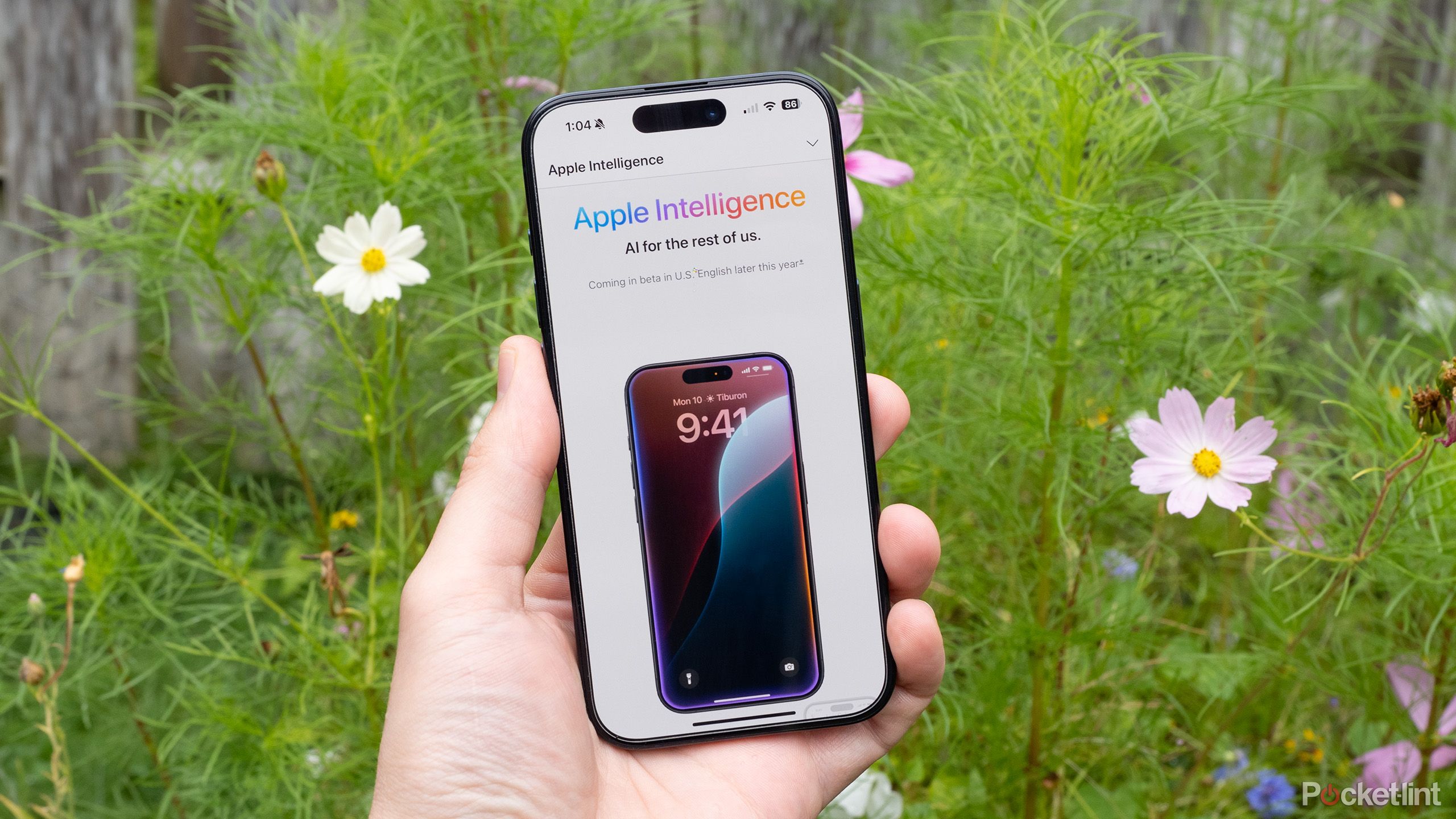Key Takeaways
- Generative AI creates new content, like images or articles, while predictive AI predicts future events based on historical data.
- Generative AI is user-centric, while predictive AI is used primarily by large groups like businesses.
- Predictive AI requires less human input than generative AI, as it uses specific datasets to make predictions based on facts.
Generative AI is a buzzword plastered everywhere from new smartphone announcements to social media tools. But while the potential and novelty have pushed generative AI into the spotlight, it’s far from being the only machine learning tool creating a major impact on technology. Predictive AI is actually an older form of machine learning, yet it’s still estimated to see significant growth in 2025. But what is predictive AI? What’s the difference between generative AI vs. predictive AI and how are the two types used?
Both generative AI and predictive AI are machine learning tools used in a variety of different industries and applications. But, where generative AI is made for creating new content, predictive AI is designed to analyze data.
While the average person can choose from a number of different generative AI tools to aid productivity, predictive AI software is primarily used by enterprise, business, healthcare, and research industries. But while individuals aren’t likely to have a predictive AI app downloaded to their smartphone, if you’ve ever clicked on an ad or received an automatic banking fraud alert, you’ve witnessed the potential impact of predictive AI.
Here’s how generative AI and predictive AI compare and how each of them are used for a variety of different purposes.
Related
I tested Gemini Advanced against ChatGPT Plus to see which AI is better
I conducted a Gemini Advanced vs. ChatGPT Plus face-off, because I wanted to know which AI chatbot subscription service is actually best.
What is generative AI? Machine learning for creation
Generative AI is designed for creating something new based on past data
Generative AI is a type of machine learning that creates something new. When Google Gemini drafts a new email for you, DALL-E creates a watercolor “painting,” or ChatGPT Voice brainstorms new ideas, that’s generative AI at work.
Using a large set of training data, generative AI learns what an average email, article, image, or even conversation looks like. Based on that data, generative AI can then make assumptions about patterns and, when prompted, create something new. That newly generated content is based on the patterns from training data, but isn’t an exact copy.
Generative AI is an umbrella term that covers multiple types of computer-generated content. Some generative AI models are designed to produce written content, like ChatGPT. Others are designed specifically to create images, graphics and other visual content, like DALL-E. Generative AI can also work in other categories like music as well.
Generative AI, meanwhile, needs human involvement to check for errors like factual inaccuracies, odd written language, or errors in image generations like people with seven fingers.
Most generative AI was designed to work with one type of input, for example a text prompt inside of a chat bot. A multi-modal generative AI can create something based on more than one type of input. For example, you can talk, write, or send an image to Google’s Gemini AI.

Related
7 AI image generators to try: DALL-E isn’t the only option
With the right AI image generator and a simple prompt, you can create anything.
What is predictive AI? Machine learning for data analysis
Predictive AI uses historic data to estimate what’s going to happen next
While generative AI is arguably the biggest tech buzzword of the year, predictive AI actually predates it by quite a long time. Predictive AI uses datasets on what has happened in the past to predict which events are more likely to happen in the future. When you receive a fraud alert from your bank seconds after checking out from a store that’s unusual to your shopping habits, you just witnessed one of the many uses of predictive AI.
Predictive AI is trained on past data in order to make educated guesses about the future. Because predictive AI doesn’t need to learn things like speech patterns, it typically uses smaller training models than generative AI. Predictive AI models are often trained for one specific task, such as predicting who is most likely to buy a specific product. That means that predictive AI models are often smaller and can fit on one device, rather than generative AI which typically requires an internet connection in order to access data servers entirely too large to fit on a single laptop.
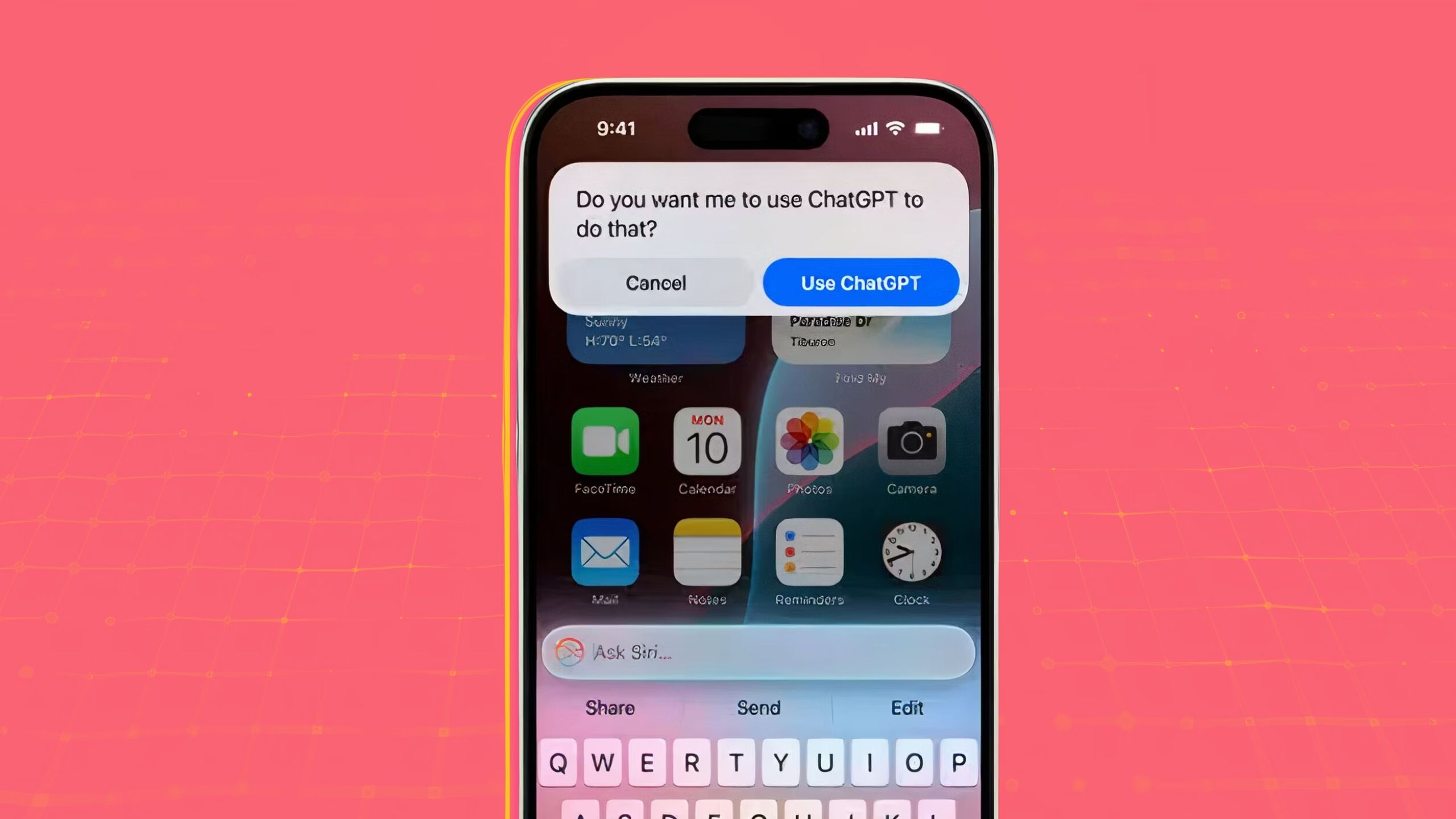
Related
Tim Cook reveals when ChatGPT will be added to iOS 18
In Apple’s latest earnings call, the CEO confirmed that ChatGPT integration will arrive soon.
Predictive AI and generative AI have very different uses
Generative AI is generally available to individuals as well as businesses
While both predictive AI and generative AI are forms of machine learning, they have very different uses. Both consumers and businesses can find some benefits to generative AI. While the average person can see predictive AI at work in banking fraud alerts and targeted advertisements, predictive AI is primarily used by large groups rather than individuals, including business, research, and healthcare.
Generative AI is used to create something from a simple user input, such as:
- Generating long-form text from a brief human-generated prompt
- Creating a new image from scratch using a text prompt
- Offering a more human-like voice interaction from a virtual voice assistant
On the other hand, predictive AI is used to estimate the probability of future outcomes based on current and historic data. Some key examples of predictive AI in use include:
- Predicting medical outcomes, such as AI-assisted breast cancer screenings
- Targeting advertising to the consumer most likely to click on a particular ad
- Helping businesses plan ahead by predicting how much inventory will be needed
- Analyzing past financial market data to make predictions about the stock market

Related
How I use Roku’s personal shortcut feature to get to my favorite shows, faster
Roku’s remotes offer some convenient features for those seeking to make their TV consumption convenient and personal.
Generative AI tends to need more human involvement than predictive AI.
Predictive AI tends to be more automatic analysis
Outside of the different uses, one of the biggest differences between generative AI and predictive AI is how much human input each one requires. Predictive AI models are often built on specific historical data in order to be used for a very specific purpose. While that makes this type of AI take up less computer memory, it also means less human interaction is required. The specifically tailored dataset is less prone to error because, unlike generative AI, it isn’t made up of random information taken from the internet without vetting the accuracy, validity, or sarcasm of the source. Instead, it’s based on statistical, numeral data.
While the specific datasets can make predictive AI less prone to errors, predictive AI is just that: a prediction of what might happen. While predictive AI tends to produce better results than a random guess, it’s implemented in use cases with the understanding that it is just an estimation.
Generative AI, meanwhile, needs human involvement to check for errors like factual inaccuracies, odd written language, or errors in image generations like people with seven fingers.
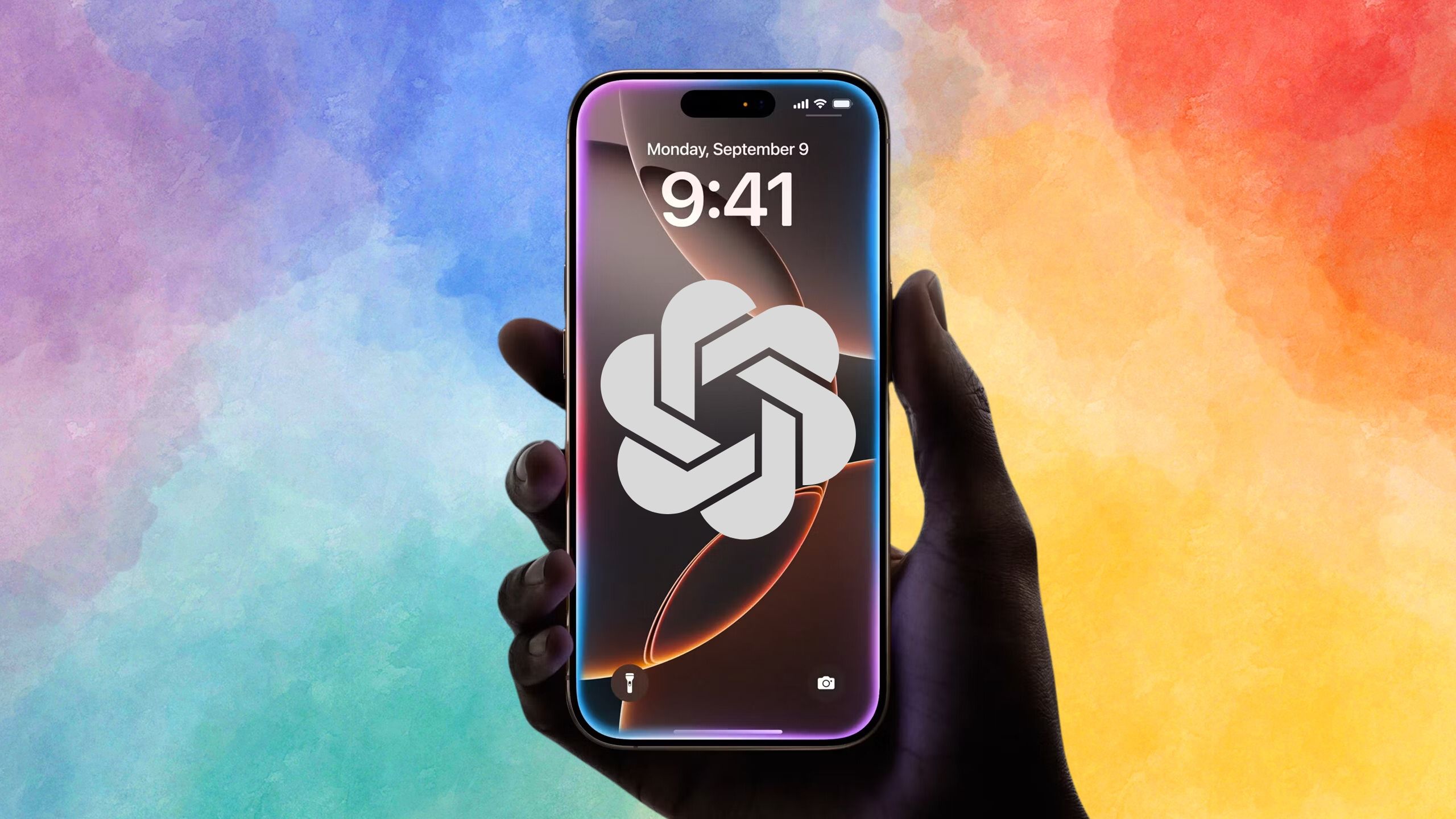
Related
I replaced Siri with ChatGPT Voice, and now you can too
Kick Siri to the curb and replace her with ChatGPT’s more advanced voice model.
What about predictive text?
Despite the name, predictive text actually generates the next word
Time for a trick question about the differences between generative AI and predictive AI: What type of AI is predictive text?
While the name may lead most to think that predictive text is in fact predictive AI, that’s a sort of misnomer. Yes, predictive text is guessing what your next word is going to be as you type out that text or email. But, predictive text is also generating the next word for you. It’s similar to typing half a sentence into ChatGPT and asking the chatbot to generate the next few words, only it is baked into tools like emails and text messages. Grammarly, a writing tool that makes predictive text suggestions as well as grammar and spelling corrections, is considered a generative AI tool rather than a predictive one.
Generative AI and predictive AI are both machine-learning programs, but generative AI is meant for creating something new where predictive AI is made for analyzing existing data to better estimate potential future patterns.

Related
ChatGPT finally got the upgrade writers and coders have been waiting for
Canvas makes working with code or long passages of text a breeze.
Trending Products

Cooler Master MasterBox Q300L Micro-ATX Tower with Magnetic Design Dust Filter, Transparent Acrylic Side Panel…

ASUS TUF Gaming GT301 ZAKU II Edition ATX mid-Tower Compact case with Tempered Glass Side Panel, Honeycomb Front Panel…

ASUS TUF Gaming GT501 Mid-Tower Computer Case for up to EATX Motherboards with USB 3.0 Front Panel Cases GT501/GRY/WITH…

be quiet! Pure Base 500DX Black, Mid Tower ATX case, ARGB, 3 pre-installed Pure Wings 2, BGW37, tempered glass window

ASUS ROG Strix Helios GX601 White Edition RGB Mid-Tower Computer Case for ATX/EATX Motherboards with tempered glass…


